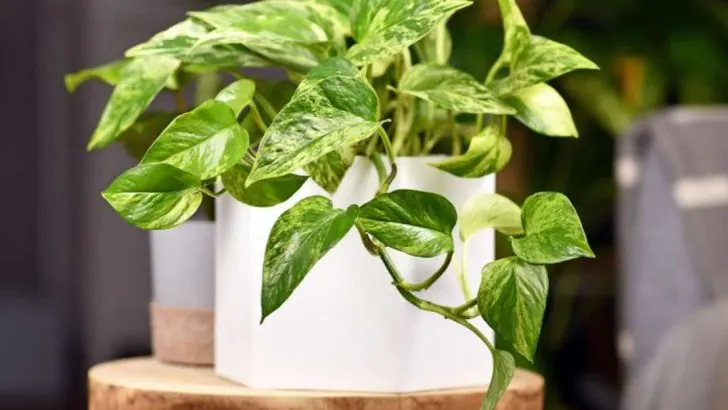Spring is the perfect season to multiply your plant collection and breathe new life into your garden. With warmer temperatures and longer daylight hours, many plants enter a period of active growth—making it an ideal time for propagation. Whether you’re using cuttings, division, or layering, you can grow new plants easily and affordably.
From fast-rooting favorites like pothos and spider plants to garden staples such as lavender, mint, and rosemary, these plants are ready to burst into life with just a little encouragement. Propagation is not only fun and rewarding, but it also helps fill your home and garden with greenery—without spending a dime.
Discover 21 plants you can start propagating right now, and set your garden (and windowsills) up for a lush and vibrant spring!
Spider Plant

Known for their striking arching leaves and iconic baby offshoots, spider plants are a delight for any home. These resilient plants make propagation easy, as they naturally produce baby plants or ‘pups’ that hang from the parent plant. Simply snip off a pup and place it in water or soil, and soon you’ll see roots form. Their air-purifying qualities and tolerance to neglect make them a favorite among busy individuals. Imagine a cascade of green adorning your shelf, breathing life into your living room. With minimal effort, spider plants can quickly fill your home with nature.
Pothos
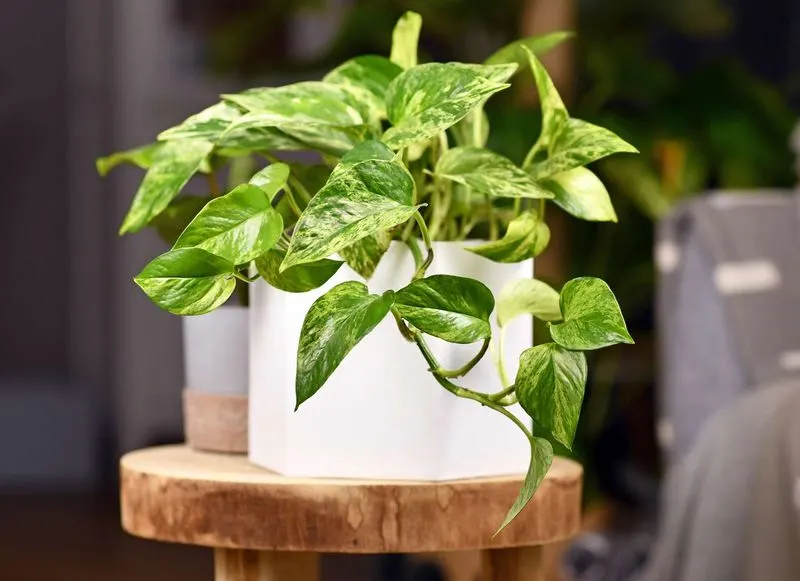
Pothos, often referred to as the ‘devil’s ivy,’ is as unkillable as it is beautiful. With its heart-shaped leaves and trailing vines, it’s a common choice for indoor gardeners. Snip a vine just below a node, place it in water, and watch as roots appear in weeks. This plant thrives in various lighting conditions, making it perfect for any room. Its easygoing nature means even the most forgetful plant parent can keep it alive. Whether draping gracefully from a shelf or hanging in a basket, pothos brings an effortless elegance to your home.
Succulents
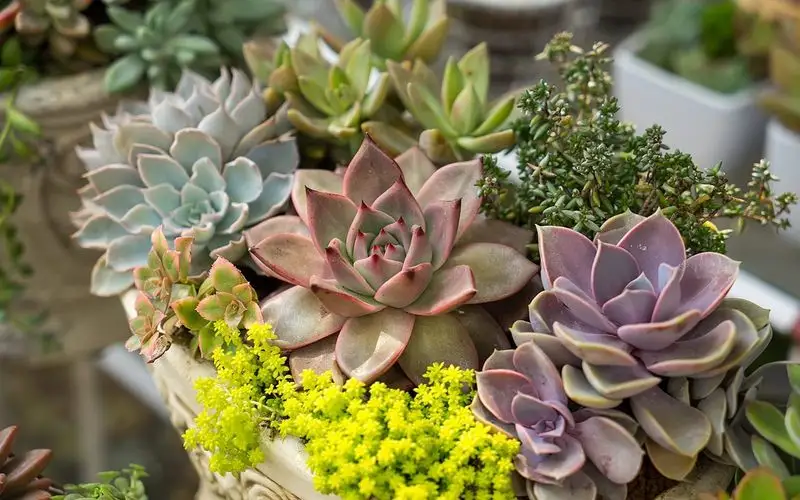
Succulents are cherished for their variety and minimal care needs. These water-storing plants can be propagated by gently removing a leaf and placing it on top of cactus soil. Given time, roots will emerge, and a new plant will begin to form. Perfect for sunny windowsills, they add a touch of desert charm to any space. Their thick, sculptural leaves come in an array of colors, making them a versatile addition to your collection. Whether you’re a novice gardener or an experienced botanist, succulents provide a rewarding propagation experience.
Basil
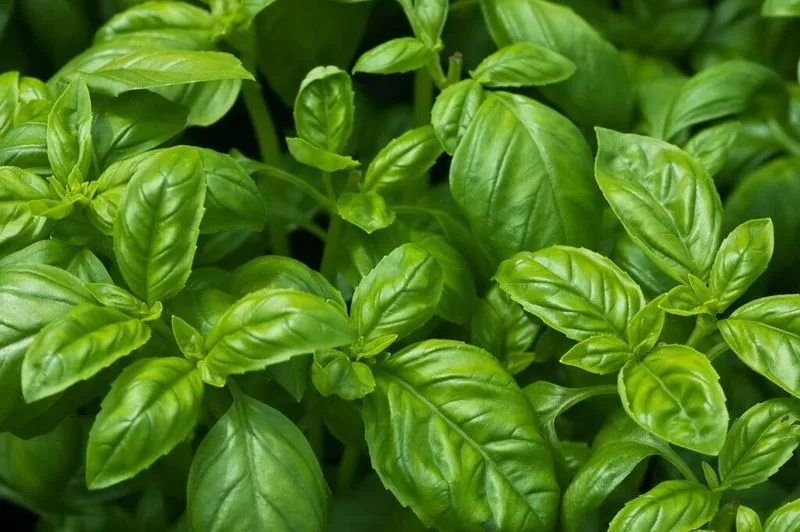
Basil, the fragrant kitchen staple, is not just for cooking. It’s also a breeze to propagate. Clip a healthy stem and place it in water, ensuring leaves are above the surface. Before long, you’ll notice roots sprouting, ready for planting. This method not only ensures a continuous supply of fresh basil for your culinary creations but also fills your kitchen with a delightful herbal aroma. Picture the proud moment when you garnish your dishes with home-grown basil, knowing it started from a humble cutting. Freshness is literally at your fingertips.
Lavender
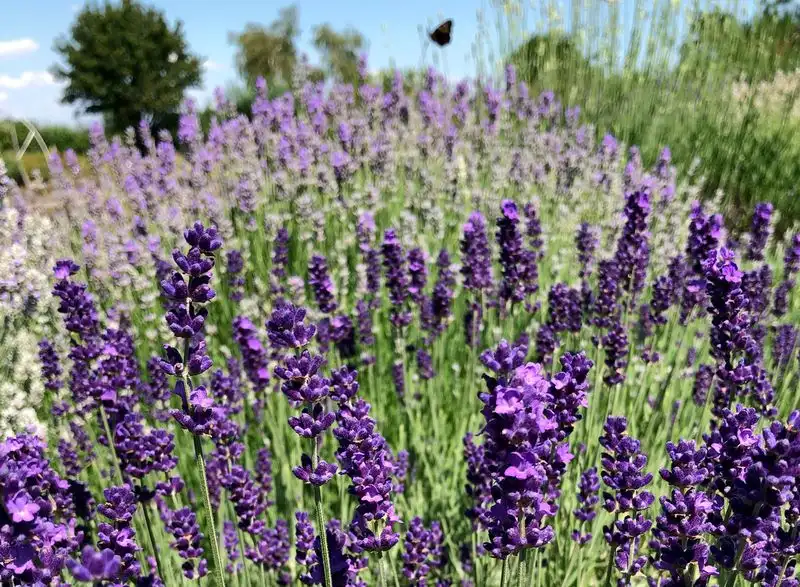
The calming scent of lavender is enough to inspire anyone to grow more of it. Propagation involves taking semi-hardwood cuttings and placing them in water or soil. With patience, roots will develop, and you’ll have new plants ready to transplant. Lavender thrives in sunny spots, rewarding you with aromatic blooms and silvery foliage. A row of lavender can turn any garden into a Mediterranean retreat, inviting tranquility and peace. Plus, it’s a wonderful companion for other herbs and flowers, making it a versatile addition to your garden.
Mint
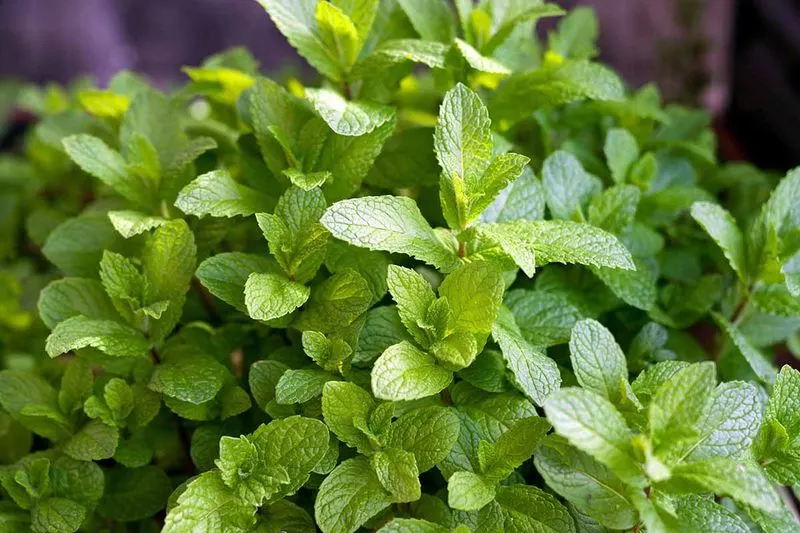
Mint is a vigorous grower, often spreading quickly through gardens. Fortunately, it’s easy to propagate through stem cuttings. Place a cutting in water and watch as roots form rapidly. Soon, you’ll have more mint to enjoy in teas and dishes. Its refreshing aroma and taste are perfect for adding zest to your culinary endeavors. Imagine plucking fresh mint leaves to enhance your mojitos or salads; it’s both practical and satisfying. Given its fast growth, mint is best kept in pots to prevent it from overtaking other plants in your garden.
Rosemary
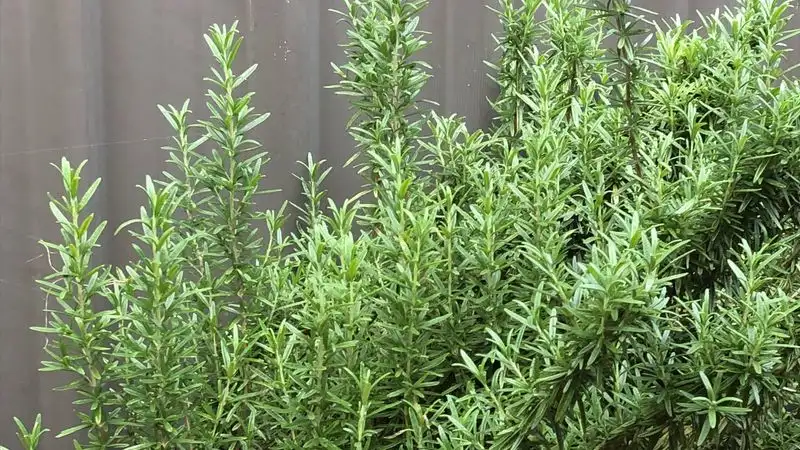
Rosemary, with its woody scent and needle-like leaves, is a fantastic herb to propagate. Clip a healthy stem and place it in water, ensuring it’s kept in a warm spot with plenty of light. Patience pays off, as roots will eventually form. This perennial herb adds flavor to countless dishes, and having a fresh supply is invaluable for culinary enthusiasts. Whether you’re seasoning a roast or crafting an herb-infused oil, rosemary’s robust flavor shines through. Plus, its fragrant greenery makes for a delightful decorative element in any kitchen or garden.
Geranium
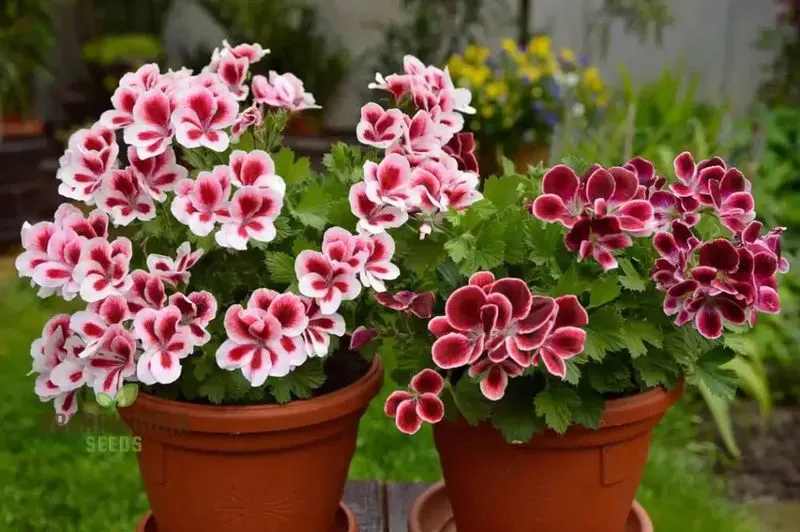
Known for their vibrant flowers and fragrant leaves, geraniums are a gardener’s delight. Propagate them by taking stem cuttings and placing these in a well-draining potting mix. With time and care, roots will develop, and new growth will appear. Their cheerful blooms in shades of pink, red, and white brighten any garden, adding a splash of color to your landscape. Geraniums are versatile, thriving in pots or garden beds, and they’re perfect for adding visual interest to patios or windowsills. A little effort in propagation yields a lot of beauty.
Aloe Vera
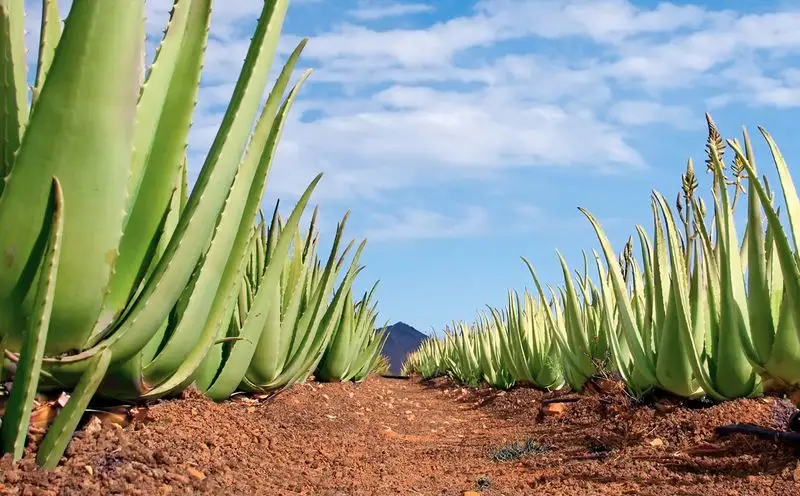
Aloe vera, renowned for its soothing gel, is easily propagated through its offsets, or ‘pups.’ Carefully separate a pup from the main plant and replant it in well-draining soil. Known for its medicinal properties, aloe vera is an excellent plant to have on hand for minor burns and skin irritations. Its fleshy leaves store water, making it drought-tolerant and perfect for low-maintenance gardening. A cluster of aloe plants provides a sleek, contemporary look to your home, and their practicality makes them a worthwhile addition to any indoor plant collection.
Snake Plant
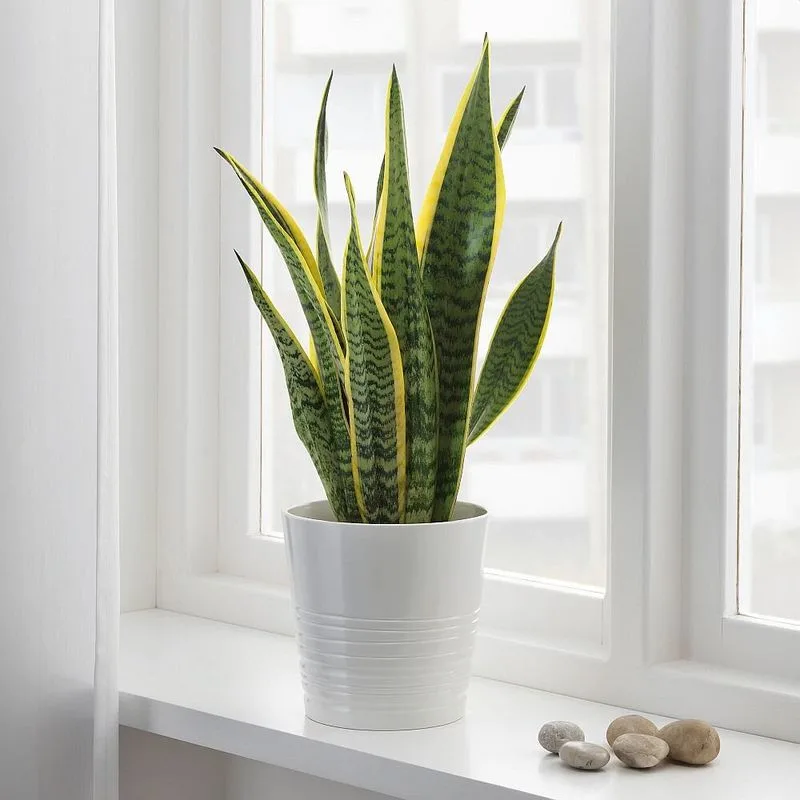
The snake plant, with its striking vertical leaves, is a hardy choice for propagation. Take a leaf cutting and place it in water or soil; roots will soon follow. This plant is celebrated for its air-purifying abilities and minimal care requirements. Whether you place it in your bedroom or office, it thrives with little attention. Its architectural shape adds a modern touch to any decor, making it a popular choice among urban dwellers. Watching a snake plant flourish from a simple cutting is both satisfying and a testament to nature’s resilience.
Fuchsia

Fuchsia plants boast pendulous, colorful flowers that attract hummingbirds. To propagate, take softwood cuttings and plant them in a moist potting mix. These plants prefer cooler, shaded areas and reward you with dazzling displays throughout the growing season. Fuchsias are ideal for hanging baskets or shaded garden corners, where their drooping flowers can be admired up close. Their unique appearance adds a whimsical touch to any garden, and with a bit of attention, you’ll have plenty of new plants to share or decorate your outdoor space.
Begonia
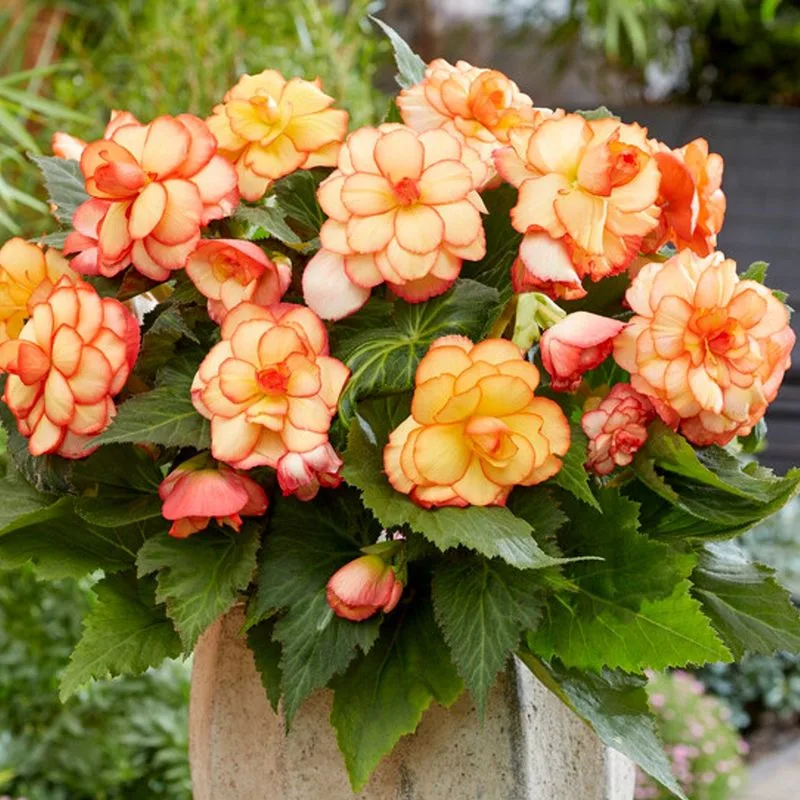
Begonias, with their vibrant blooms and diverse leaf patterns, are perfect for brightening up your home. Leaf cuttings are the easiest way to propagate them; simply cut a healthy leaf and place it in water or soil. Over time, new plants will sprout from the base of the leaf. Their ability to thrive in shade makes them versatile for both indoor and outdoor planting. Whether you prefer the tuberous or fibrous varieties, begonias promise to deliver striking foliage and flowers, making them a charming addition to any collection.
Hydrangea
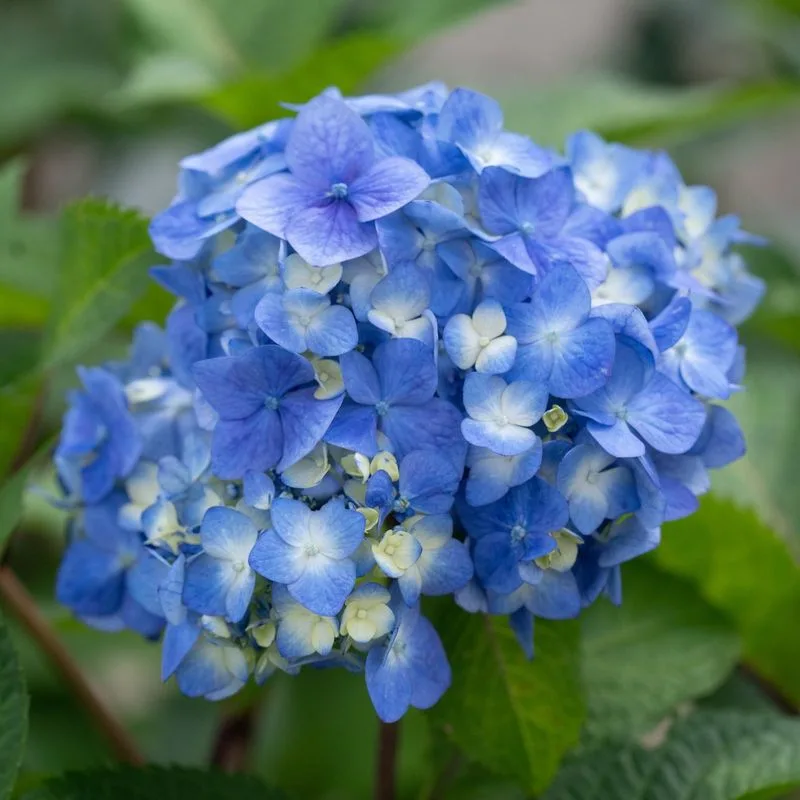
Hydrangeas, known for their large, lush blooms, can be propagated through stem cuttings. Take a cutting from a non-flowering shoot and place it in water or soil to encourage rooting. With time and care, these cuttings will grow into beautiful new plants. Their spectacular flowers, ranging from pink to blue depending on soil pH, make them a highlight in any garden. These shrubs thrive in both sun and partial shade, offering versatility in placement. Whether as a hedge or standalone feature, hydrangeas provide a stunning floral display.
Coleus

Coleus plants are celebrated for their vibrant, multi-colored foliage. To propagate, take a stem cutting and root it in water or soil. These plants are quick to grow and provide instant color to any garden or patio. Their adaptability to both sun and shade makes them a versatile choice. Use them as borders, in containers, or as striking indoor plants. The rich tapestry of colors they offer can transform any space into a visual feast. With a variety of patterns and hues, coleus plants invite creativity and expression in gardening.
Rose
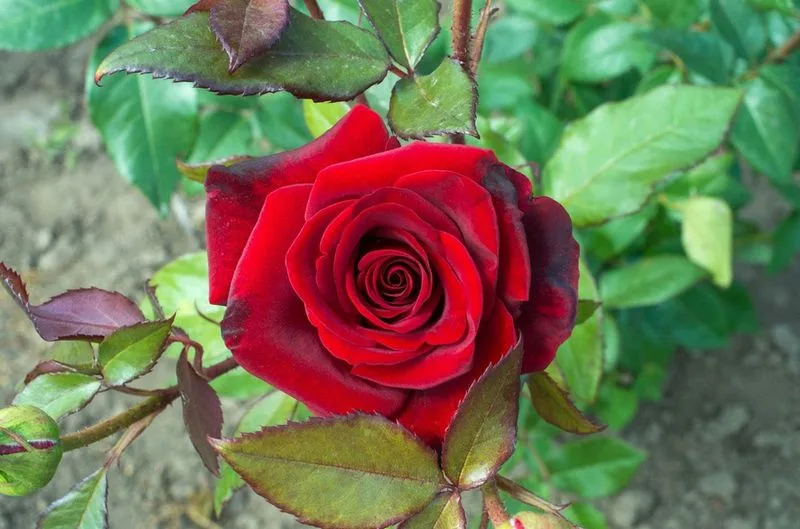
Roses, the quintessential symbol of love and beauty, can be propagated from cuttings. Choose a healthy stem and place it in water or soil to encourage root growth. With patience, these cuttings can blossom into new rose bushes. Whether you prefer hybrid teas, floribundas, or climbers, the effort of propagating roses is well-rewarded. Their fragrant blooms and elegant forms add romance and charm to gardens. Imagine a garden filled with the sweet scent of roses, each bloom a testament to the nurturing care you’ve provided.
ZZ Plant
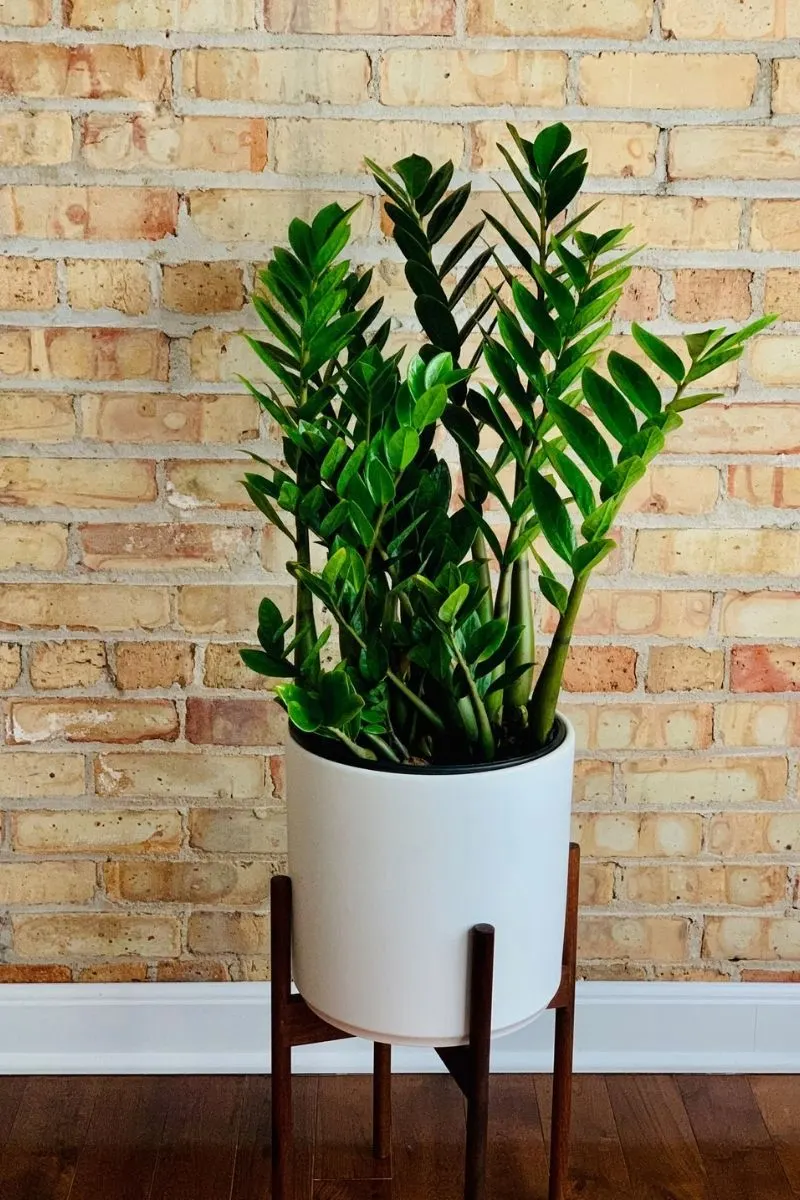
The ZZ plant, known for its glossy, dark green leaves, is a popular choice for propagation. Take a leaf cutting and place it in water or soil, where it will eventually root. This plant is famed for its ability to thrive in low light and withstand drought, making it perfect for busy or forgetful owners. Its sculptural shape adds a touch of elegance to any room. From office desks to cozy corners, the ZZ plant’s robust nature and stylish appearance make it a must-have. Watch it grow and thrive with minimal effort.
Peace Lily

Peace lilies are well-loved for their lush leaves and white blooms. Propagation is as simple as dividing the plant at the roots and potting the sections separately. They are excellent for indoor environments, known for improving air quality and requiring low maintenance. Their striking white flowers and dark green foliage bring tranquility to any room. Whether you’re looking to brighten up a dull office or add a serene touch to your home, peace lilies are a wonderful choice. They thrive best in indirect light, making them versatile.
Jade Plant
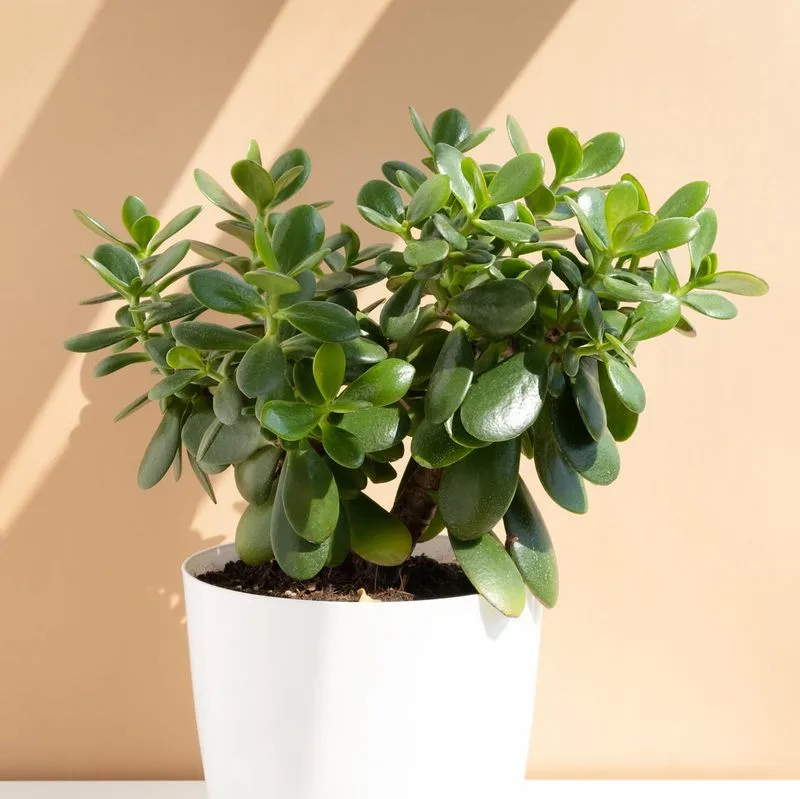
The jade plant, often associated with prosperity, is an easy plant to propagate. Simply remove a leaf or small branch and plant it in well-draining soil. With patience, it will root and grow into a new plant. Known for its thick, glossy leaves, the jade plant is a symbol of good luck and is often given as a housewarming gift. Its resilience and beauty make it a staple in many homes. Whether as a solo plant or part of a succulent arrangement, jade plants add a touch of elegance and fortune to any space.
Chrysanthemum
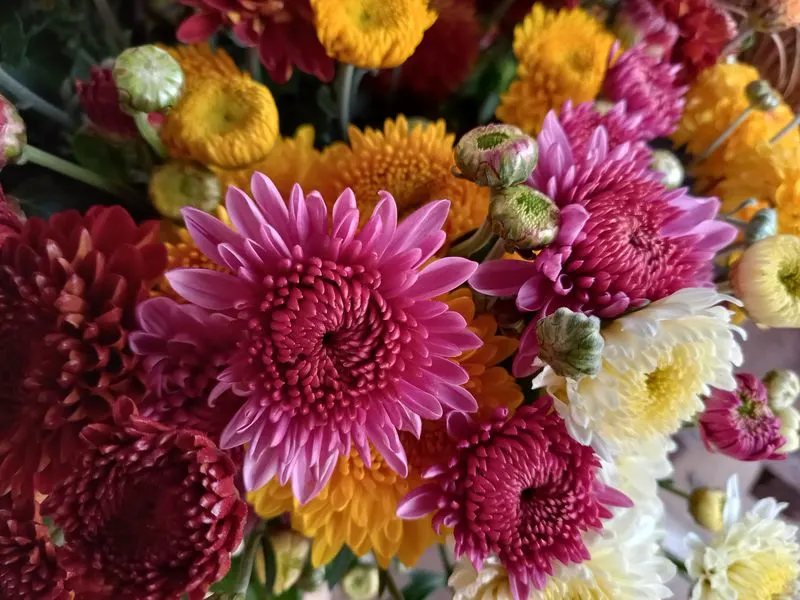
Chrysanthemums, or mums, are favorites for their late-season blooms and vibrant colors. Propagate them by taking cuttings and rooting them in soil. These flowers thrive in sunny locations and offer blooms in a wide array of colors, from yellows to purples. As they bloom in fall, they’re perfect for extending your garden’s flowering season. Their traditional association with cheerfulness makes them a popular choice for bouquets and garden displays. With a little care, mums can be a perennial delight in your gardening repertoire.
Philodendron

Philodendrons are known for their adaptability and lush, trailing foliage. To propagate, take stem cuttings and root them in water or directly in soil. These plants are a staple in indoor gardening, thriving in various light conditions. Their heart-shaped leaves add a tropical feel, perfect for creating an urban jungle in your home. Whether climbing on a trellis or cascading from a shelf, philodendrons bring a touch of the tropics to any space. Their easygoing nature makes them ideal for beginners and seasoned plant lovers alike.
Fiddle Leaf Fig
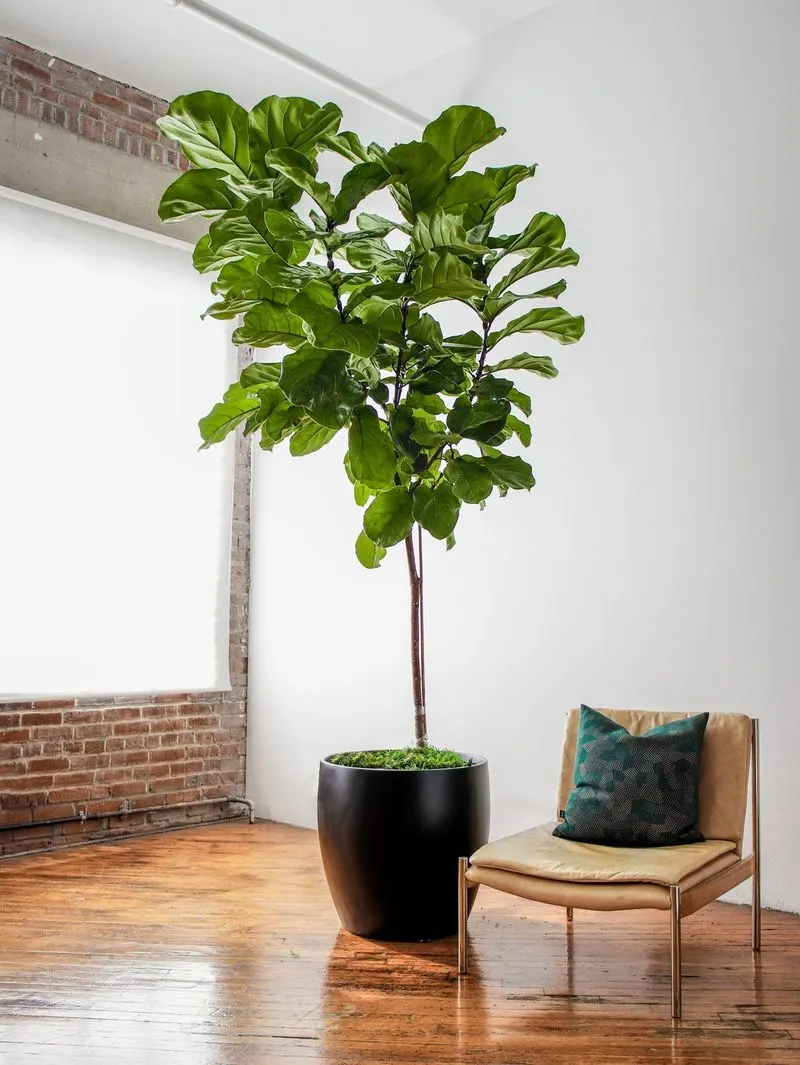
Fiddle leaf figs are celebrated for their large, vibrant leaves and striking appearance. To propagate, take a leaf or stem cutting and place it in water until roots develop. This tropical plant thrives in bright, indirect light and adds a bold statement to any room. Its dramatic foliage creates a focal point, perfect for modern interiors. While it requires a bit more care than other plants, its visual impact is unmatched. Cultivating a fiddle leaf fig from a cutting can be a rewarding endeavor for plant enthusiasts, promising beauty and elegance.

